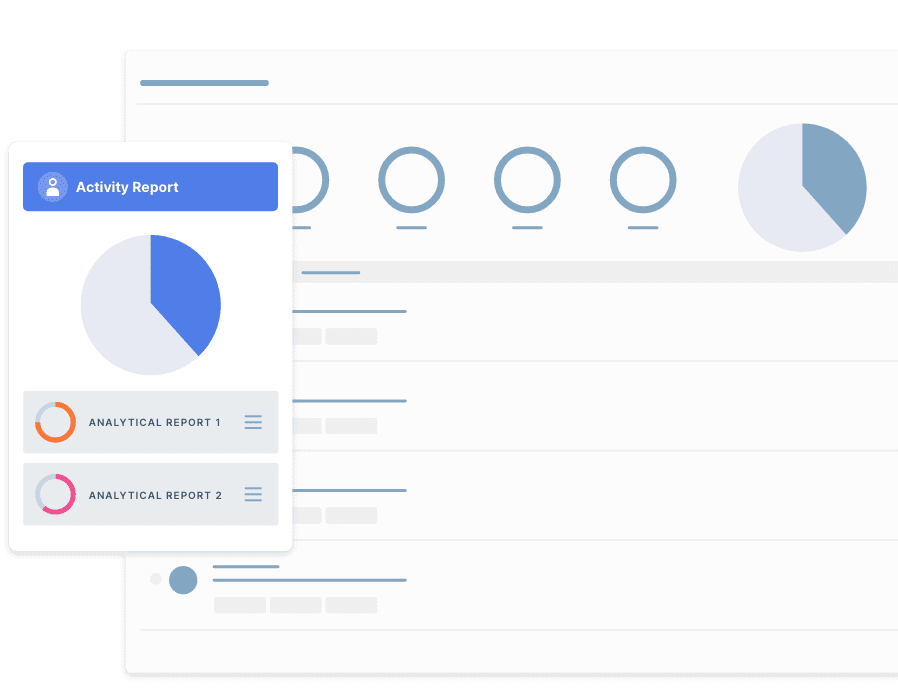
Regulatory content
PFAS
Our coverage of PFAS regulations focuses on global measures restricting the use of per- and polyfluoroalkyl substances in products such as food packaging, textiles, electronics, and medical devices. It includes substance bans, reporting obligations, labeling requirements, and environmental standards across jurisdictions like the EU, US, Canada, and Asia-Pacific.
Chemicals In Products
195
Countries Covered
1,130
Sources in C2P
Content Overview
PFAS (Per- and Polyfluoroalkyl Substances) are a large and complex group of synthetic chemicals widely used in industrial processes and consumer products, including food packaging, cookware, textiles, personal care products, electronics, and medical devices. Often called “forever chemicals,” they are highly persistent in the environment and can accumulate in the human body over time.
PFAS regulations are rapidly evolving as scientific evidence on their persistence, bioaccumulation, and health risks grow. Early efforts in the US and EU targeted specific substances like PFOA and PFOS, but policymakers increasingly favor class-based approaches to prevent regrettable substitution and enable broader risk management. Authorities in the European Union, the United States (including several states), and Canada are leading the way with sweeping restrictions on thousands of PFAS compounds.
Globally, countries are tightening controls by phasing out non-essential uses of PFAS while allowing transitional periods for critical applications. Because PFAS are widespread in industrial and consumer sectors, regulations focus on high-use or high-risk areas to reduce exposure and encourage safer alternatives. For example, PFAS restrictions apply to food contact materials to minimize ingestion, while textiles and leather industries are moving toward PFAS-free water- and stain-resistant solutions, especially for children’s products and outdoor gear. Consumer products broadly face increased restrictions, labeling, and disclosure requirements.
Regulations and laws span multiple legal frameworks, including chemical safety, environmental protection, product stewardship, and waste management. They also intersect with emerging policy goals such as climate action, circular economy, sustainable product design, ecolabeling, and transboundary hazardous waste control.
Key regulatory tools include:
- Product restrictions and bans: Prohibit or limit the manufacture, import, and use of PFAS in specific products or sectors. The EU has already banned PFOA and PFOS and proposed a class-based restriction under REACH. US states such as California and Maine have adopted similar approaches.
- Substance authorizations and international listings: Some PFAS are listed under global agreements like the Stockholm Convention on Persistent Organic Pollutants, requiring phased elimination unless exemptions are granted. These measures include bans on import, export, production, and use.
- Reporting and notification requirements: Companies may be required to report the manufacture, import, or use of PFAS above certain thresholds. The US TSCA PFAS reporting rule mandates disclosure of PFAS manufacture (which is the primary focus of the rule), imported articles containing PFAS, and supply chain uses, covering activities that occurred from 2011 to 2022.
- Product labeling and disclosure: Regulations increasingly require PFAS content to be identified on product labels or made publicly available to support informed consumer and supply chain decisions, including alignment with ecolabeling schemes.
- Environmental standards and emissions controls: Limit PFAS releases into water, air, and soil. Regulations are also advancing requirements for waste treatment, site remediation, and monitoring of emissions, supporting circular economy goals by minimizing re-entry into recycled materials.
- Occupational exposure limits: Worker safety regulations are being revised to address potential exposure to PFAS in manufacturing, firefighting, and waste management settings.
- Drinking water standards: National and regional agencies are setting increasingly stringent maximum contaminant levels (MCLs) to limit PFAS exposure through drinking water.
Coverage Included
Our regulatory content in C2P is historically comprehensive with a robust QA process to ensure quality, consistency and accuracy. Below is a high level summary of our coverage for this topic:
- Stockholm Convention on Persistent Organic Pollutants, 2001
- EU: Proposal for a Restriction on Per- and Polyfluoroalkyl Substances (PFAS) under REACH, Draft Report, February 2023
- USA: Toxic Substances Control Act (TSCA), Reporting and Recordkeeping Requirements for Perfluoroalkyl and Polyfluoroalkyl (PFAS) Substances, Final Rule, 88 FR 70516, October 2023
- France: Per- and Polyfluoroalkyl Substances (PFAS) Restrictions, Law No. 2025-188
- California: Prohibition of Perfluoroalkyl and Polyfluoroalkyl substances (PFAS) in Textiles, Assembly Bill 1817 Enacted, 2022
- Maine (USA): Restriction of Products Containing Perfluoroalkyl and Polyfluoroalkyl (PFAS) Substances, House Paper 1113, Legislative Document 1503 Enacted, 2021
- Canada: Requirement to Provide Information on Certain Per- and Polyfluoroalkyl Substances (PFAS), Notice, July 2024
- Canada: State of Per- and Polyfluoroalkyl Substances (PFAS), Report, March 2025
- Japan: Chemical Substances Control Law (CSCL “Kashinho”) Enforcement Ordinance
- China: New Pollutants under Key Control (2023 Edition), Order No. 28, 2022
- South Korea: List of Persistent Organic Pollutants (POPs), Notice No. 2020-191
- New Zealand: Hazardous Substances and New Organisms (HSNO) Act, 1996
- Australia: Industrial Chemicals Environmental Management (Register), Instrument, December 2022
- Singapore: Environmental Protection and Management (Hazardous Substances) Regulations, GN No. S 159/99
- Thailand: Hazardous Substances (PFOA, its salts and PFOA-related compounds) Management, Order No. 42, 2023
We cover standards for our core products that are available from our partner Accuris. These are available through our Product Compliance Solution.

Learn more about our Regulatory Coverage
Speak to one of our team today for more information on our regulatory content.





